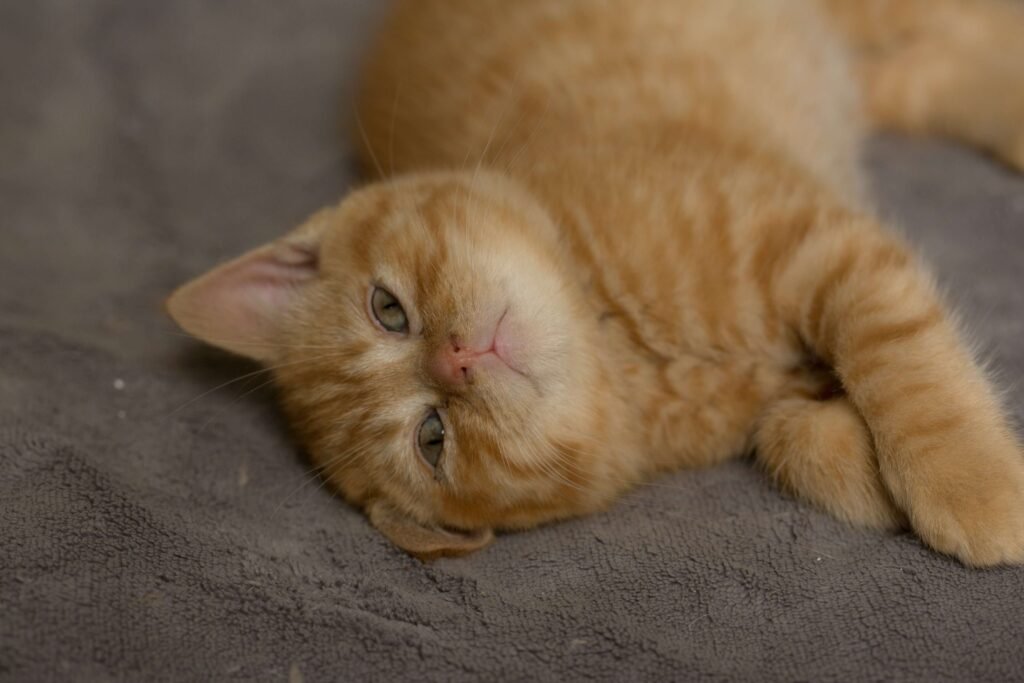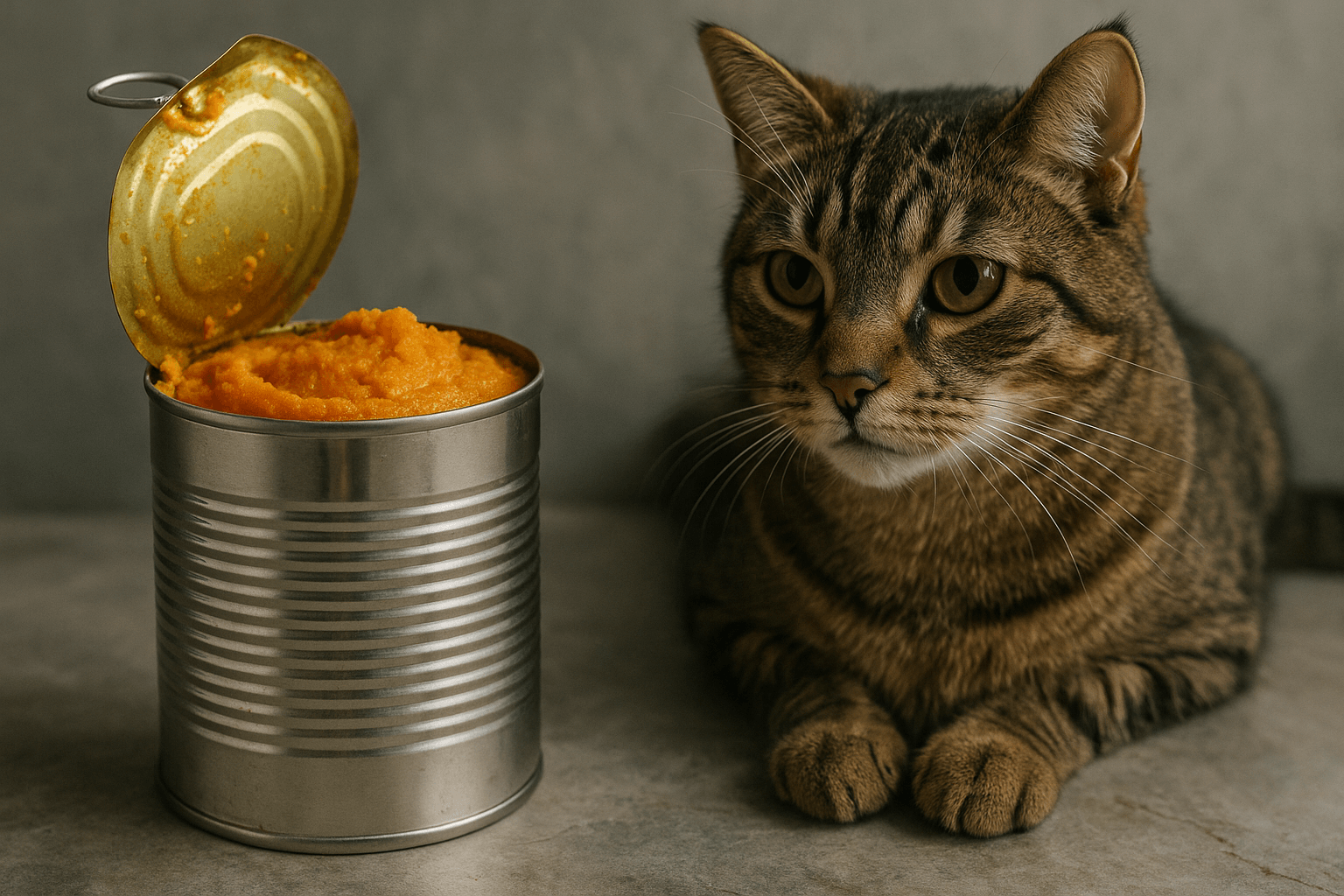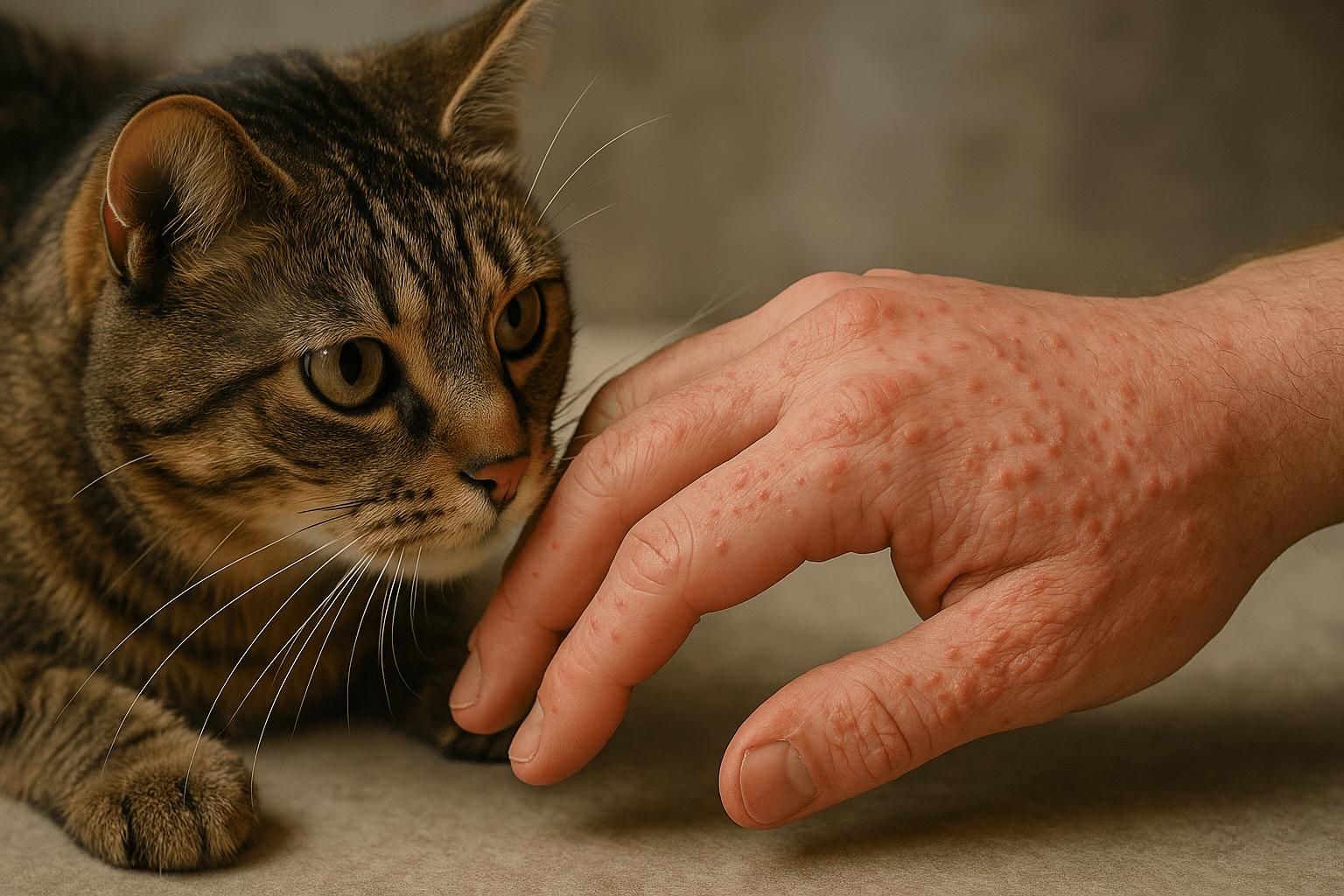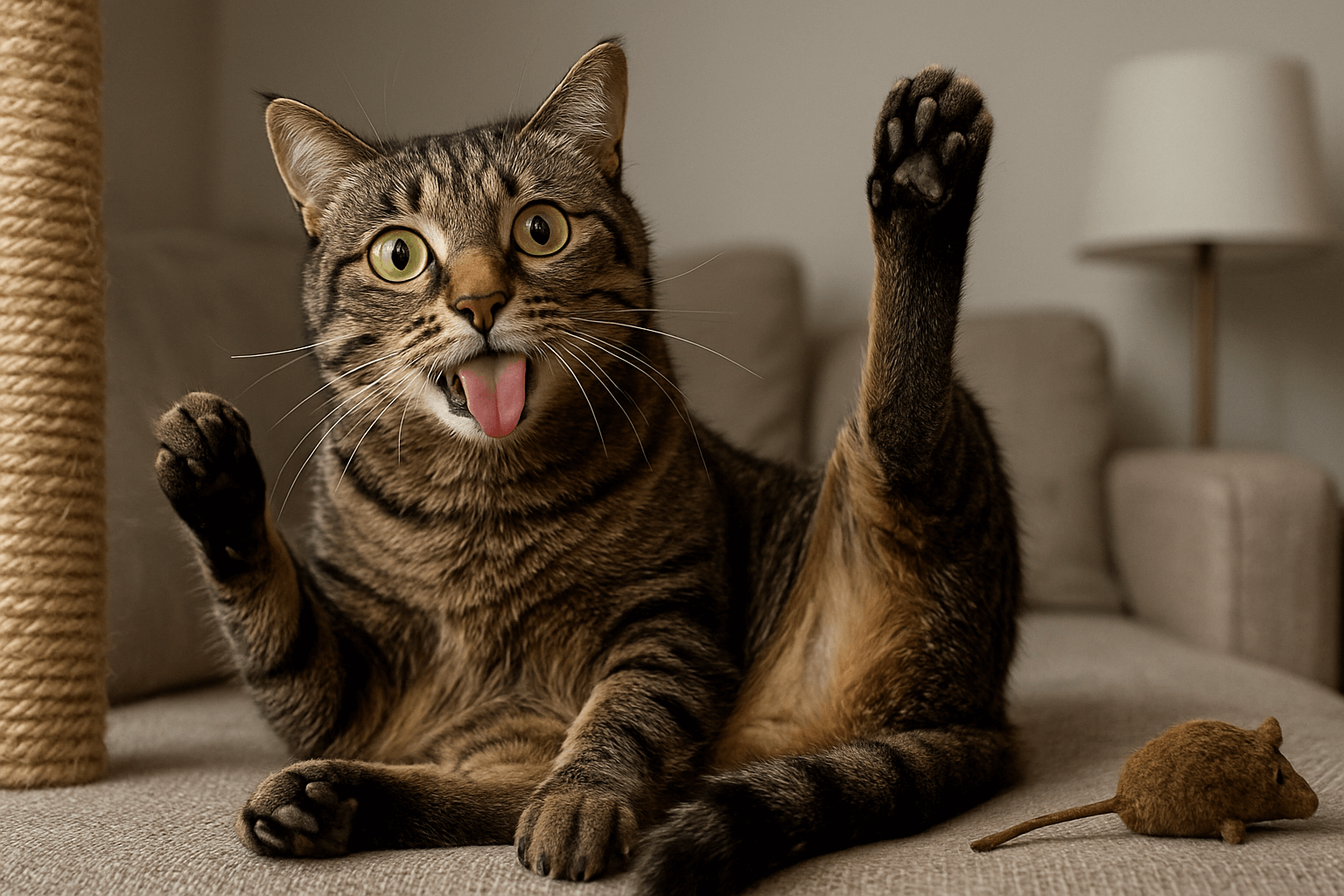Why Does My Cat Lick Plastic? Unraveling This Peculiar Behavior
Cats are fascinating creatures, full of quirks and mysteries that keep us entertained and intrigued. One such behavior that often leaves cat owners scratching their heads is when their feline friend starts licking plastic objects—whether it’s a grocery bag, a food wrapper, or even the edge of a Tupperware container. While it might seem odd or amusing at first, this behavior can sometimes signal underlying issues that warrant attention. In this blog post, we’ll explore why cats engage in this peculiar habit, what it might mean for their health, and how you can address it effectively. Let’s dive into the world of cats and their curious relationship with plastic!
Common Reasons Why Cats Lick Plastic
There are several reasons why your furry companion might be drawn to plastic. Understanding these motivations can help you identify whether this behavior is harmless or if it requires intervention. Here are some common explanations:
Curiosity and Exploration
Cats are naturally curious animals, and they use their mouths to explore textures and smells in their environment.Pica Behavior
Pica refers to the tendency to eat non-food items, which could stem from nutritional deficiencies or psychological factors.Stress or Anxiety Relief
Licking unusual objects like plastic may serve as a self-soothing mechanism during stressful situations.Attracted to Smells
Plastic bags or containers often retain food odors, making them irresistible to scent-driven cats.Teething or Dental Issues
Kittens going through teething phases—or adult cats experiencing dental discomfort—may chew or lick soft materials like plastic.
Understanding these potential triggers can guide you toward addressing the root cause of your cat’s behavior. Remember, while occasional curiosity is normal, persistent licking should not be ignored.
Health Risks Associated With Plastic Licking
While licking plastic occasionally might seem harmless, there are significant risks involved, especially if the habit becomes frequent or compulsive. Below are some concerns every pet owner should be aware of:
Choking Hazard
Small pieces of plastic can break off and pose a choking risk to your cat.Intestinal Blockage
Ingested plastic fragments can accumulate in the digestive tract, leading to blockages that require surgical removal.Toxic Chemical Exposure
Some plastics contain harmful chemicals that could leach into your cat’s system upon contact or ingestion.Dental Damage
Hard or sharp-edged plastics can damage your cat’s teeth or gums over time.Behavioral Escalation
If left unaddressed, this behavior could escalate into more destructive habits or obsessive-compulsive tendencies.
The key takeaway here is clear: monitoring and managing your cat’s interaction with plastic is crucial for their safety and well-being.
Check this guide 👉Why Cats Love to Lay Down: Best 7 Expert Tips!
Check this guide 👉Why Does My Cat Twitch in Their Sleep? Best 7 Behavior Tips!
Check this guide 👉Why Is My Cat Peeing on My Clothes? Best 7 Behavior Tips!

Potential Causes | Possible Solutions |
|---|---|
Nutritional Deficiencies | Provide a balanced diet rich in vitamins |
Stress or Anxiety | Create a calm and enriching home environment |
Curiosity About Textures/Smells | Offer safe toys with varied textures |
Teething or Dental Discomfort | Consult a vet for dental check-ups |
Boredom or Lack of Stimulation | Engage your cat with interactive playtime |
How to Redirect Your Cat’s Attention Away From Plastic
Fortunately, there are practical ways to redirect your cat’s focus away from plastic and onto safer alternatives. These strategies not only discourage undesirable behaviors but also enhance your bond with your pet. Consider the following tips:
Remove Accessible Plastic Items
Keep plastic bags, wrappers, and other enticing objects out of reach to eliminate temptation.Provide Safe Chew Toys
Invest in durable, cat-safe toys made from natural fibers or rubber to satisfy chewing urges.Enrich Their Environment
Set up climbing structures, scratching posts, and puzzle feeders to keep your cat mentally stimulated.Use Positive Reinforcement
Reward your cat with treats or praise when they interact with appropriate toys instead of plastic.Consult a Veterinarian
If the behavior persists despite your efforts, seek professional advice to rule out underlying medical conditions.
By implementing these measures, you can create a safer and more engaging environment for your beloved feline.
Signs That Indicate a Deeper Issue
Sometimes, excessive plastic licking goes beyond simple curiosity and points to deeper problems. Being vigilant about changes in your cat’s behavior can help you intervene early. Look out for the following warning signs:
Weight Loss or Appetite Changes
Sudden weight fluctuations or refusal to eat could indicate nutritional imbalances or gastrointestinal distress.Excessive Grooming or Hair Loss
Over-grooming coupled with bald patches might suggest stress or anxiety-related issues.Vomiting or Diarrhea
Digestive symptoms could result from ingesting foreign objects, including plastic.Lethargy or Depression
A noticeable drop in energy levels or interest in activities could signal an underlying illness.Aggression Toward Humans or Other Pets
Uncharacteristic aggression might reflect discomfort or frustration stemming from unresolved behavioral issues.
If you observe any combination of these signs, don’t hesitate to consult a veterinarian promptly.
Ways to Enrich Your Cat’s Environment
A stimulating environment is key to keeping your cat entertained and discouraging undesirable behaviors like plastic licking. By providing enriching activities, you can redirect their focus toward healthier outlets. Consider the following ideas:
Interactive Toys
Toys that mimic prey, such as feather wands or laser pointers, engage your cat’s natural hunting instincts.Cat Trees and Perches
Vertical spaces allow cats to climb, scratch, and observe their surroundings from a safe vantage point.Puzzle Feeders
These toys challenge your cat mentally by requiring them to “work” for treats or meals.Window Perches
Placing a perch near a window lets your cat watch birds, squirrels, or other outdoor stimuli.Rotating Toys Regularly
Introducing new toys periodically prevents boredom and keeps your cat’s interest alive.
By incorporating these elements into your home, you’ll create a dynamic space that satisfies your cat’s physical and mental needs, reducing the likelihood of unwanted behaviors.
Nutritional Tips to Curb Plastic Licking
Sometimes, a cat’s inclination to lick plastic stems from nutritional deficiencies or dietary preferences. Ensuring a balanced diet can help eliminate this behavior. Here are some tips to consider:
High-Quality Protein Sources
Cats are obligate carnivores, so their diet should primarily consist of high-quality animal proteins.Supplement Missing Nutrients
If your vet identifies deficiencies, supplements like taurine, omega-3 fatty acids, or vitamins may be beneficial.Moisture-Rich Foods
Incorporating wet food or adding water to dry kibble ensures proper hydration, which supports overall health.Avoid Artificial Additives
Steer clear of foods containing artificial flavors, colors, or preservatives that could upset your cat’s system.Monitor Portion Sizes
Overfeeding or underfeeding can lead to imbalances, so follow portion guidelines based on your cat’s age and activity level.
A well-rounded diet not only promotes physical wellness but also minimizes the chances of your cat seeking nutrients elsewhere—like plastic objects.
Signs That Your Cat Is Simply Curious
While persistent plastic licking can raise concerns, it’s important to recognize when this behavior is purely exploratory. Cats are naturally inquisitive creatures, and occasional curiosity is normal. Look for these signs to determine if your cat’s actions fall into this category:
Short, Infrequent Episodes
The behavior lasts only a few seconds and doesn’t occur daily.No Other Symptoms Present
Your cat shows no signs of illness, stress, or discomfort alongside the licking.Interest in Various Textures
They explore other materials like fabric, paper, or cardboard in addition to plastic.Playful Demeanor
Your cat appears relaxed and playful while interacting with the object.Easily Redirected Attention
Offering a toy or treat quickly shifts their focus away from the plastic item.
If these indicators align with your observations, your cat’s plastic licking is likely harmless exploration rather than a cause for concern. However, always remain vigilant and address any changes promptly.
Frequently Asked Questions About Cats Licking Plastic
Is it normal for my cat to lick plastic?
Occasional curiosity-driven licking isn’t unusual, but consistent or obsessive behavior should be addressed.
Can licking plastic harm my cat?
Yes, it poses risks such as choking, intestinal blockages, and exposure to toxic substances.
What should I do if my cat eats part of a plastic bag?
Monitor them closely for signs of distress, and contact a vet immediately if you suspect ingestion.
How can I stop my cat from licking plastic?
Remove access to plastic, provide engaging toys, and ensure a stress-free environment.
Should I worry if my kitten licks plastic?
Kittens explore by mouthing objects, but prolonged or intense licking could indicate teething or dietary needs.
Final Thoughts: Keeping Your Feline Friend Safe and Happy
Understanding why your cat licks plastic is the first step toward ensuring their long-term health and happiness. Whether it’s driven by curiosity, stress, or nutritional gaps, addressing the root cause will strengthen your bond and create a harmonious living space. By staying observant, providing enriching alternatives, and seeking veterinary guidance when needed, you can curb this behavior effectively. After all, our feline companions rely on us to keep them safe while nurturing their unique personalities. So next time you catch your kitty eyeing that plastic bag, remember—you’re equipped to handle it like a pro!
Canned Pumpkin for Cat Diarrhea: Best 7 Expert Tips! Natural remedy to firm stools, soothe upset bellies, and support gut health safely.
Can a Cat Give You Scabies? Best 7 Expert Tips! Discover the truth about feline mites, human skin risks, and how to protect yourself—without panic.
Cat Flea vs Human Flea: Best 7 Expert Tips! Discover the truth about bites, species, and how to eliminate infestations for good.
Weird Cat Behaviors: Best 7 Expert Tips! Discover why cats do strange things—and how to understand, not punish, their instincts for a happier home.





